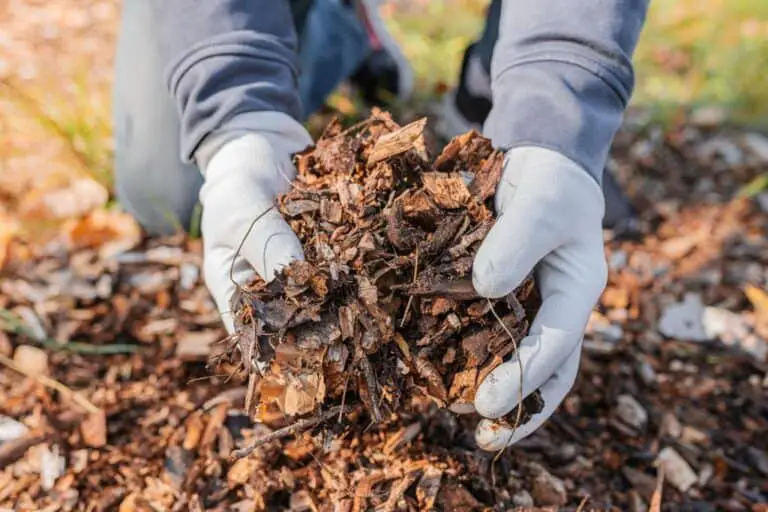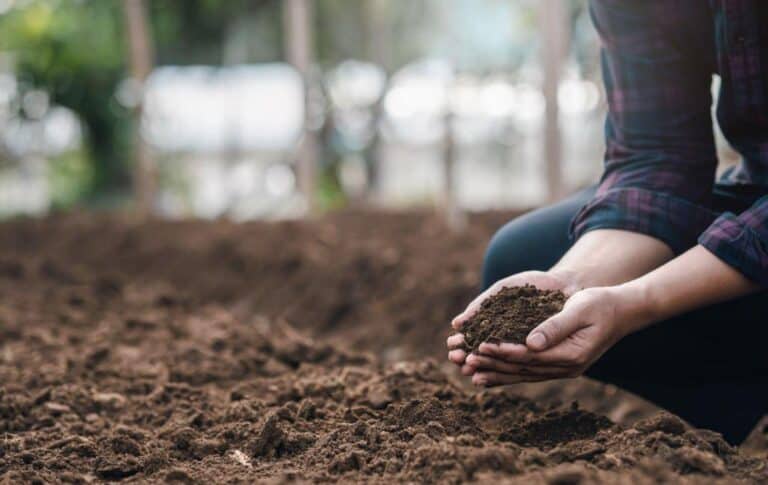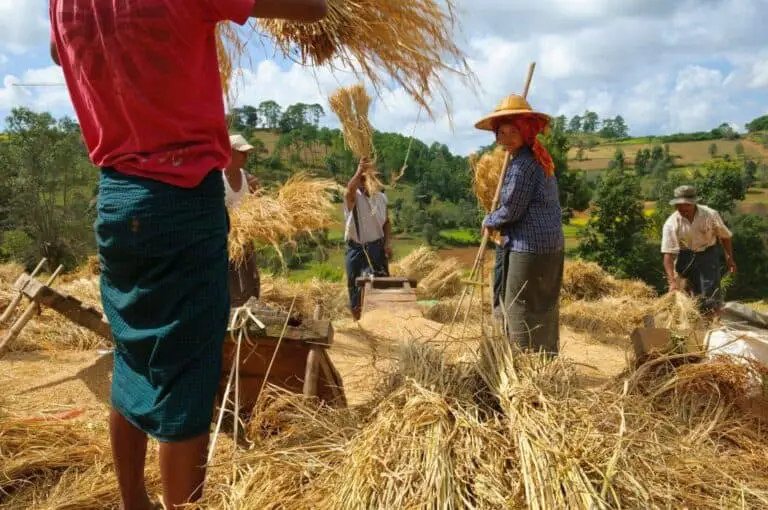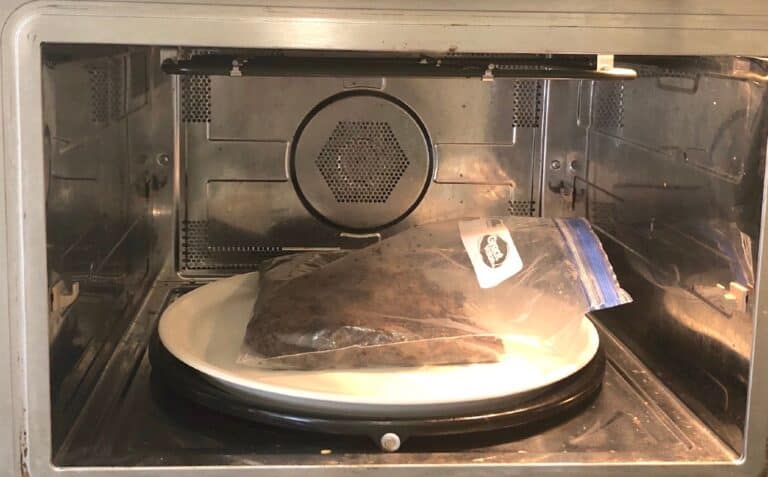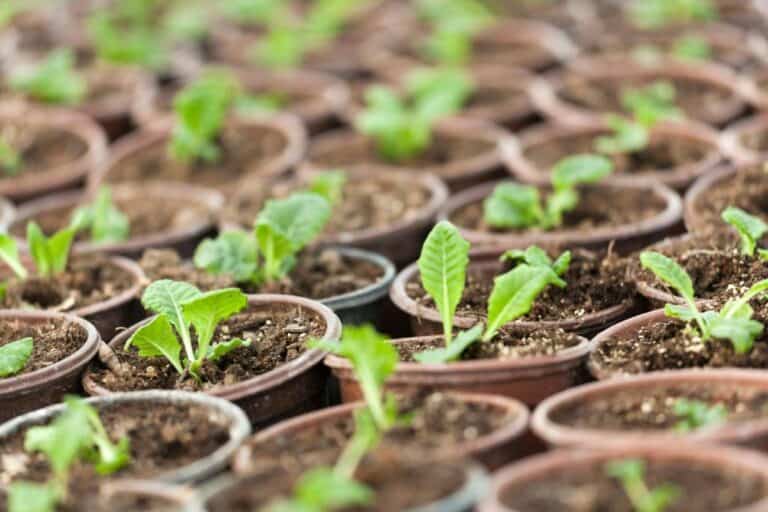How to Identify and Distinguish Black Cotton Soil Effectively
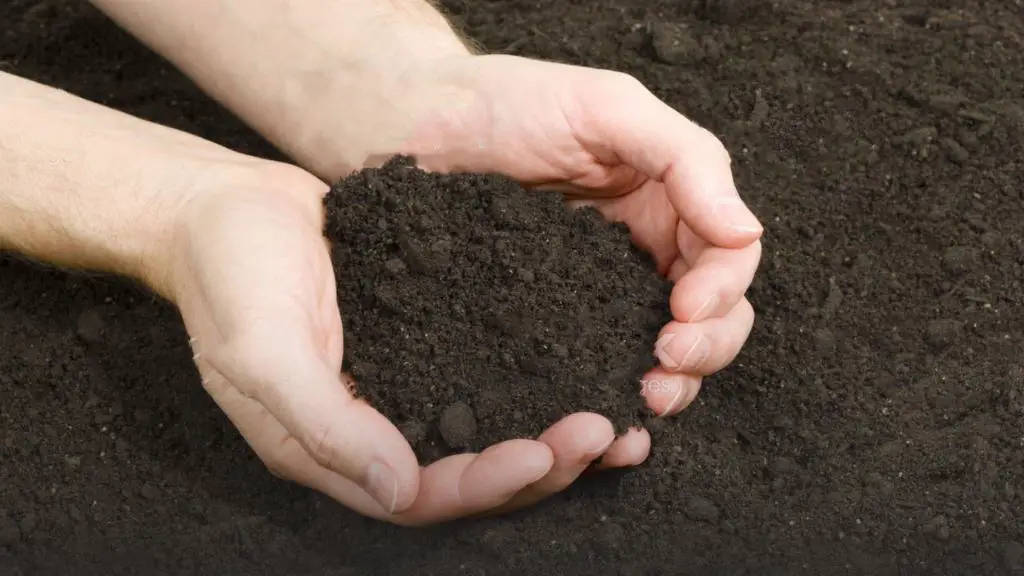
Embarking on a journey through the intricate world of soil might not sound as adventurous as scaling mountains or exploring untouched forests. But let’s pause for a moment and consider the marvel that lies beneath our feet – the soil that cradles life itself.
Today, we’re delving into the fascinating realm of “Black Cotton Soil.” Imagine soil so dark and mysterious it’s nicknamed “Black Gold.” It’s not just the color that sets it apart; it’s the secrets it holds. From the enigmatic cracks that seem to dance upon its surface to the unique texture that whispers tales of its origin, Black Cotton Soil has stories to tell.
Black cotton soil, also known as “regur soil,” is a unique type of soil with distinct properties that have significant implications for agriculture and construction. In this article, we’ll delve into the key aspects of effectively identifying black cotton soil.
So, fasten your curiosity belts, as we unveil the art of identifying and distinguishing this captivating soil type. Let’s journey together into the world of soil secrets and learn how to unlock its mysteries effectively.
Introduction to Black Cotton Soil
Black cotton soil, scientifically known as vertisols, is a type of soil characterized by its high clay content and unique shrink-swell properties. This soil is commonly found in regions with alternating wet and dry periods.
The defining feature of black cotton soil is its high clay content, typically exceeding 30%. This gives it an expansive nature, causing it to swell significantly when wet and shrink as it dries. The color of the soil ranges from deep black when wet to light gray or brown when dry.
Black cotton soil plays a crucial role in both agriculture and construction due to its distinct qualities. It has the potential to retain moisture and nutrients, making it suitable for certain crops. However, its shrink-swell behavior presents challenges for using black cotton soil for construction projects.
| Also see: Black Plastic for Soil Solarization |
Physical Properties of Black Cotton Soil
The substantial clay content in black cotton soil is the root of its unique characteristics. This clay imparts a high plasticity, making it easily moldable when wet.
- High Clay Content: The substantial clay content in black cotton soil is the root of its unique characteristics. This clay imparts a high plasticity, making it easily moldable when wet.
- Shrink-Swell Behavior: One of the most notable traits of black cotton soil is its dramatic volume changes with moisture fluctuations. During the rainy season, it swells, potentially leading to soil cracking and structural damage.
- Surface Cracking and Erosion Patterns: The shrinkage cracks that form on the surface of black cotton soil can be several centimeters wide and extend deep into the soil. These cracks not only impact vegetation growth but also affect water infiltration and runoff patterns.
Chemical Properties of Black Cotton Soil
Black cotton soil exhibits a high Cation Exchange Capacity (CEC), allowing it to hold onto essential nutrients like potassium and calcium. However, this can lead to challenges as nutrients may become less available to plants due to strong soil adsorption.
The soil often has a slightly alkaline to neutral pH, which can influence nutrient availability and impact plant growth.
While black cotton soil can retain nutrients effectively, the availability of these nutrients to plants can be limited due to the high CEC and pH levels. This necessitates careful nutrient management in agriculture.
Black Cotton Soil Geographical Distribution
Black cotton soil exhibits a wide geographical presence across several continents. Its characteristic property of undergoing significant shrinkage and swelling makes it unique among soil types. This type of soil can be found in various regions, including parts of India, Africa, Australia, and notably in the United States, particularly in Texas. These regions often feature distinct wet and dry seasons, impacting the soil’s behavior.
The distribution of black cotton soil is intricately tied to multiple factors. Climate, parent material, and topography all play significant roles in determining where these soils are prevalent. Notably, these soils tend to be associated with regions that experience a pronounced monsoon climate. This climatic condition, characterized by alternating wet and dry periods, contributes to the soil’s distinctive characteristics.
Here’s a breakdown of the geographical distribution of black cotton soil:
| Region | Presence |
| India | Widespread, especially in the central and south |
| Africa | Various countries, notably Ethiopia |
| Australia | Primarily northern and eastern areas |
| United States | Concentrated in Texas |
Impact on Agriculture

Challenges Faced by Farmers: Farmers in regions with black cotton soil face challenges such as poor drainage during the rainy season, difficulty in tillage due to soil hardness when dry, and increased erosion risks.
Strategies for Productivity Enhancement: To overcome these challenges, farmers can implement strategies like contour plowing, creating drainage channels, and selecting crops that are adapted to the soil’s properties.
Importance of Irrigation and Drainage: Proper irrigation management is crucial for optimizing crop growth in black cotton soil areas. Adequate drainage systems can help prevent waterlogging and reduce soil erosion risks.
Construction Considerations
Effects on Construction Projects: Black cotton soil’s high clay content and shrink-swell behavior can wreak havoc on construction projects. The soil’s tendency to expand when wet and contract when dry can lead to ground movements that jeopardize the stability of structures.
Soil Stabilization Techniques: To counter these challenges, soil stabilization techniques come into play. Approaches like chemical stabilization with lime or cement, mechanical stabilization with reinforcements, and employing geogrids can enhance the soil’s load-bearing capacity.
Case Studies of Success: Several noteworthy instances showcase the triumph over black cotton soil’s adverse impact. Innovative engineering and thoughtful planning have facilitated the construction of roads, buildings, and even major infrastructure projects in regions with this challenging soil.
How to Identify and Distinguish Black Cotton Soil Effectively
Identifying and distinguishing black cotton soil is akin to deciphering a hidden code within the Earth’s fabric. This soil variant, renowned for its capricious nature, demands a keen eye and a wealth of insights to unravel its mysteries effectively. Let’s equip ourselves with techniques that demystify the enigma of black cotton soil.
1. Identification Techniques: Visual Assessment
Color and Texture: Visual cues can often provide insightful information about soil types. Black cotton soil’s distinct dark color when wet and its tendency to turn light when dry are telltale signs. Additionally, the soil’s fine texture, almost silky to the touch, contributes to its uniqueness.
Soil Cracking Patterns and Moisture Behavior: Observing the characteristic cracks that form on the soil surface during dry periods is another clue. These cracks can be wide and deep, serving as indicators of the soil’s shrink-swell behavior. Monitoring moisture behavior can further validate your identification.
2. Identification Techniques: Laboratory Tests
Role of Laboratory Tests: For more accurate identification, laboratory tests play a crucial role. These tests delve deep into the soil’s composition and properties, providing quantifiable data for classification.
Determining Clay Content: One of the key tests is to determine the clay content accurately. A high clay content is a hallmark of black cotton soil. Plasticity and shear strength tests further solidify the identification process.
3. Remote Sensing and GIS Applications
Satellite Imagery: Modern technology aids in mapping and identifying black cotton soil areas through satellite imagery. The distinctive color and texture of this soil type make it discernible from above, enabling experts to mark its distribution.
Geographic Information Systems (GIS): GIS platforms serve as invaluable tools for soil type identification. By overlaying various geographical and geological data, GIS facilitates the precise mapping of black cotton soil regions.
How to Improve Black Cotton Soil for Agriculture
Black cotton soil, renowned for its fertility potential but notorious for its challenging characteristics, can be transformed into a productive resource for agriculture with strategic interventions. Here’s a guide on how to improve black cotton soil for farming and agriculture:
1. Soil Stabilization
Implement soil stabilization techniques for black cotton soil, such as adding organic matter, compost, and cover crops. These practices enhance soil structure, promoting water infiltration and root penetration. Incorporating organic materials also aids in nutrient retention and microbial activity, fostering a healthier soil ecosystem.
2. Moisture Management
Due to its shrink-swell behavior, proper moisture management is critical for black cotton soil. Implement efficient irrigation systems, mulching, and contour plowing to prevent waterlogging during wet periods and dehydration during dry spells. This ensures optimal moisture levels for plant growth.
3. Crop Selection and Rotation
Opt for crops that are well-suited to the soil’s characteristics, such as drought-tolerant varieties. Implement crop rotation to alleviate nutrient depletion and minimize disease buildup. Leguminous crops can also help fix nitrogen in the soil, enriching its fertility.
4. Nutrient Enhancement
Conduct soil tests to identify nutrient deficiencies and supplement the soil with appropriate fertilizers. Organic fertilizers, like compost and manure, not only enrich nutrient content but also improve soil structure over time.
5. Terracing and Windbreaks
In regions prone to erosion, terracing and windbreaks can be beneficial. Terraces prevent soil erosion on slopes, while windbreaks reduce wind-induced erosion and help maintain soil moisture.
Transforming black cotton soil into a productive agricultural asset requires a holistic approach. By combining soil stabilization, moisture management, suitable crop selection, nutrient enrichment, and erosion control measures, farmers can harness the soil’s fertility while mitigating its challenges. This concerted effort ensures sustainable agricultural practices and maximizes the potential of this complex soil type.
Conclusion
Understanding the distinct properties of black cotton soil, also known as vertisols, is essential for various aspects, including agriculture and construction. Effective identification involves a combination of soil identification methods and a grasp of its specific traits.
The physical and chemical attributes of black cotton soil define its uniqueness. These characteristics include high shrink-swell capacity, cracking tendencies, and remarkable fertility. Recognizing these traits helps in distinguishing it from other soil types.
Utilizing proper soil identification methods is crucial for accurate classification. Analyzing the soil’s texture, color, structure, and moisture content aids in its identification. Additionally, conducting laboratory tests for particle size distribution and plasticity index contributes to precise recognition.
In agriculture, knowledge of black cotton soil is indispensable. Its fertility potential can be harnessed through appropriate practices. Crop selection, irrigation management, and soil amendment with organic matter are key strategies for successful cultivation on these soils.
In construction, the distinctive behavior of black cotton soil demands attention. Its shrink-swell properties can pose challenges to foundations. Stabilization techniques, such as chemical additives and proper grading, mitigate these effects, ensuring the stability and longevity of structures.
By comprehending the geographic distribution of black cotton soil, its influence on agriculture, and the considerations in construction, we unlock the potential of this complex soil type. Equipped with best practices for identification and utilization, we can navigate the intricacies of black cotton soil, making informed decisions that balance its benefits and challenges.
FAQs on Soil Identification Methods for Black Cotton Soil
What causes the formation of black cotton soil?
Black Cotton Soil forms due to a high content of montmorillonite clay minerals, resulting in its characteristic dark color and unique properties.
How does black cotton soil affect building foundations?
Black Cotton Soil’s swelling and shrinking tendencies can adversely affect building foundations, causing cracks and structural damage.
Are there specific crops that thrive in black cotton soil?
Cotton is a prime candidate due to the soil’s moisture retention, but other crops like sorghum, sunflower, and millets can also thrive with proper management.
What are the environmental impacts of mismanaging black cotton soil?
Mismanaged black cotton soil can lead to erosion, decreased soil fertility, and runoff pollution, affecting local ecosystems and water quality.
Can black cotton soil be used for making bricks?
Black cotton soil can be used for brickmaking after stabilization processes, reducing its expansive nature and enhancing its suitability.
What are the common challenges in farming on black cotton soil?
Challenges include difficult tillage, susceptibility to erosion, and waterlogging if not managed well, impacting crop growth and yields.
How does black cotton soil contribute to water retention?
Black cotton soil’s fine particles and structure contribute to its excellent water retention capacity, making it suitable for rain-fed agriculture and supporting crops during dry spells.

